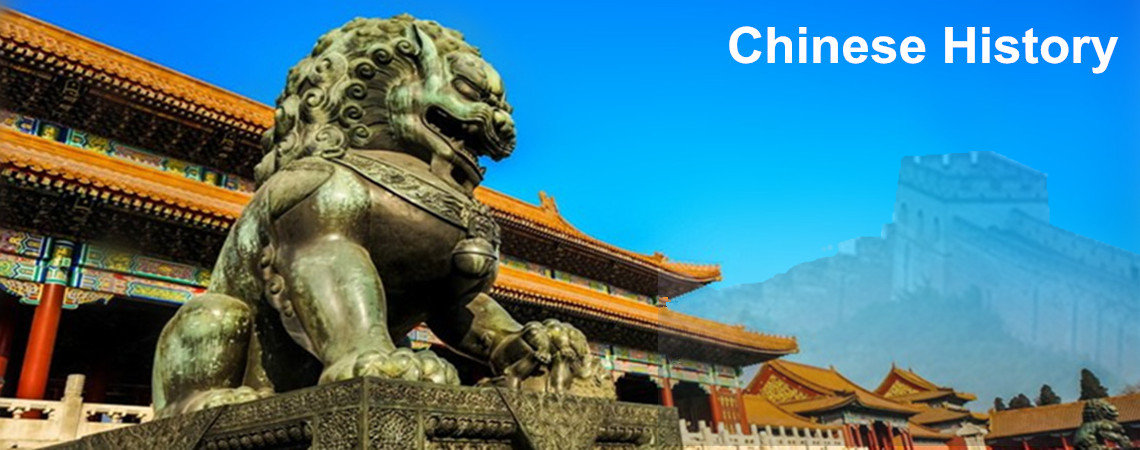
Northern & Southern (420-589)
Facts of the North & South Dynasties
Time: 420A.D.-589A.D.
Capital:
Emperors:
Replaced by: Sui Dynasty
After the decline of the Eastern Jin Dynasty (317 - 420), the regime and territory of China could not avoid a fate of being split. There were four successive Southern Dynasties, and five Northern Dynasties.
| Northern Dynasties | Southern Dynasties | |
|---|---|---|
| Northern Wei (386 - 534) | Song (420 - 479): Liu Song or Former Song | |
| Qi (479 - 502): Southern Qi | ||
| Liang (502 - 557): Southern Liang | ||
| Eastern Wei (534 - 550) | Western Wei (535 - 556) | |
| Northern Qi (550 - 577) | Northern Zhou (557 - 581) | Chen (557 - 589): Southern Chen |
Lasting from 420 to 589, Southern Dynasties were made up of four consecutive dynasties - Song, Qi, Liang and Chen. Because of the severe internal power struggle and the incompetent ruling class, all four dynasties existed only a short period of time.
Among the four, the Song Dynasty had the largest territory and endured the longest. It had four generations and eight emperors. Having three generations and seven emperors, Qi Dynasty was also a short dynasty with rapid replacement of monarchs. When it came to Chen Dynasty, the territory became narrow, the national strength was weak and the ruling class was more corrupt. Therefore, Chen was soon destroyed by the powerful rival in the northern area.
The Northern Dynasty
It started from Northern Wei, which was founded by a group of ethnic minority called Tuoba Xianbei. In the late period of the Sixteen States, the Tuoba Xianbei tribes defeated Hou Yan, conquered the central plains and unified the northern area of China.
As a comparatively influential dynasty, Northern Wei lasted for over a hundred years and had 12 emperors. Among them, Emperor Xiaowen was the most brilliant. In his reign, the capital city was moved from Pingcheng (currently Taiyuan) to Luoyang. He also discarded the conventional systems and brought forth a series of new policies, which greatly improved the economy.
At the end of Northern Wei, the country was plunged into civil war. Until the reign of Emperor Xiaowu, Northern Wei was divided into Eastern Wei and Western Wei. The Eastern Wei had only one emperor, with its capital Yecheng; the Western Wei had three emperors, with Chang'an (currently Xian) as the capital. Later, the Northern Qi replaced the Eastern Wei and the Northern Zhou took over the Western Wei.
In 577, the Northern Qi was ruined by the Northern Zhou and the northern area was reunified. In 581, one of the royal relatives of Northern Zhou, Yang Jian, usurped the throne and changed the state title into Sui.







 Ask Questions ?
Ask Questions ?